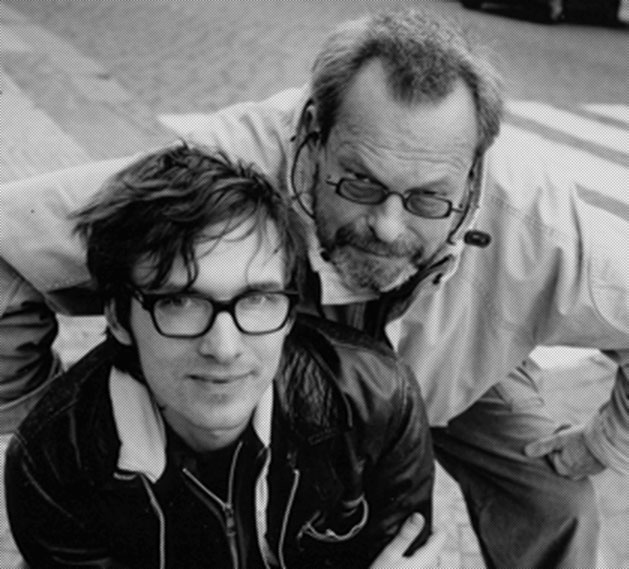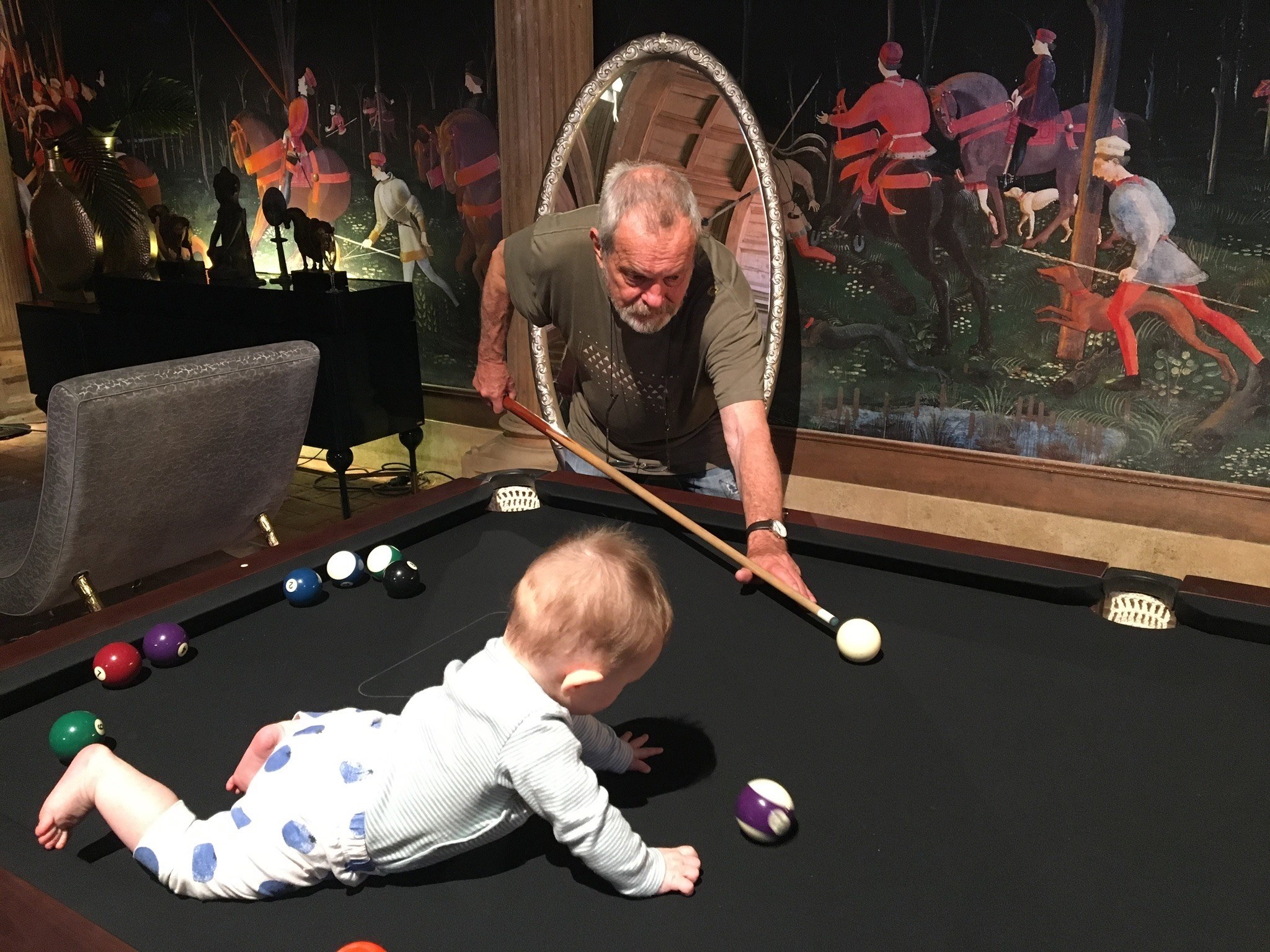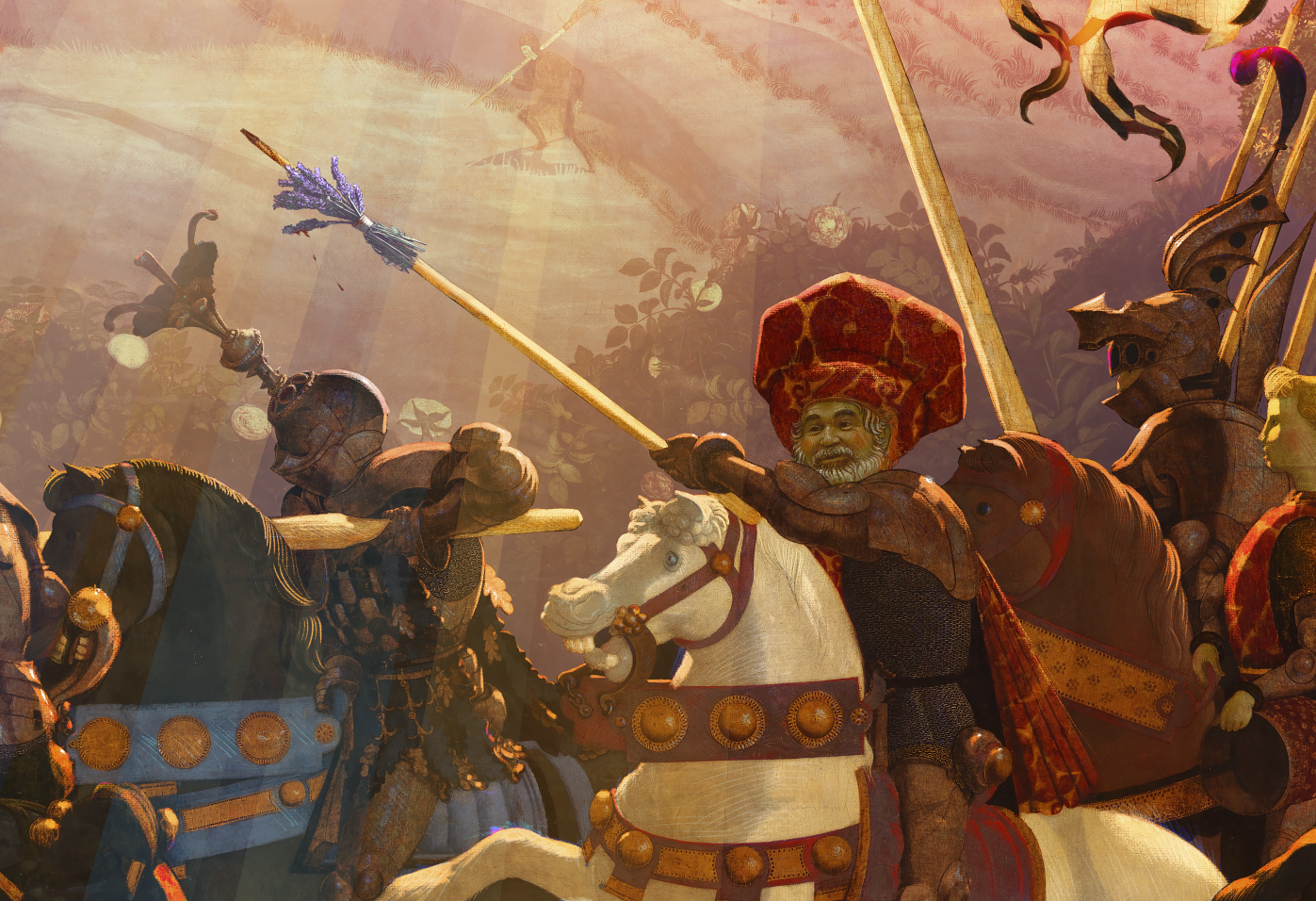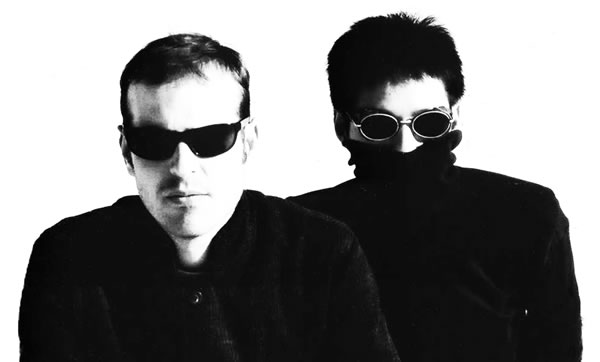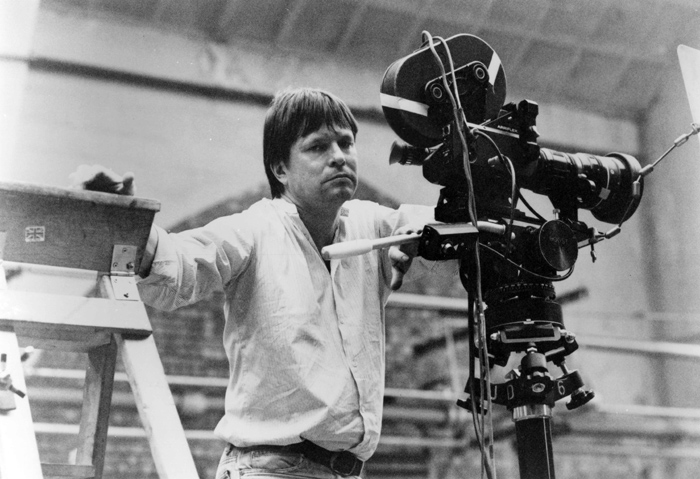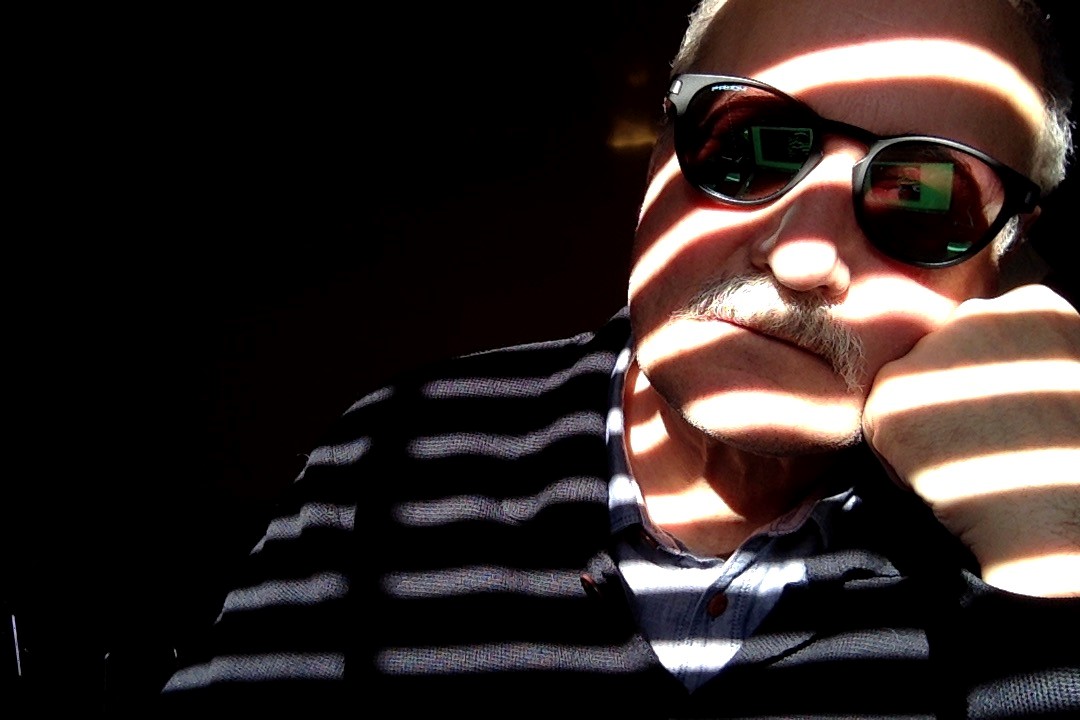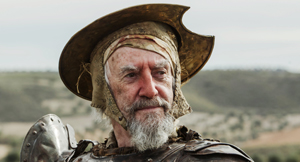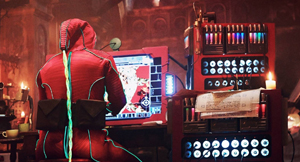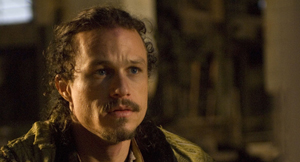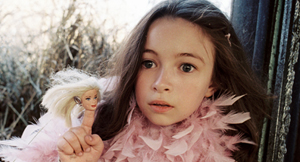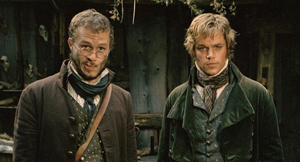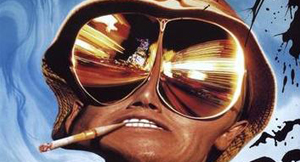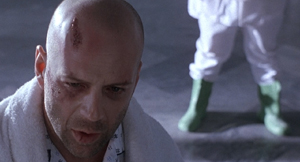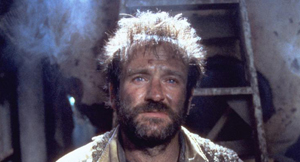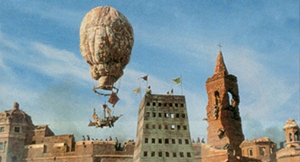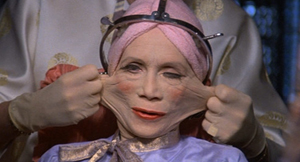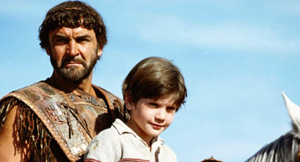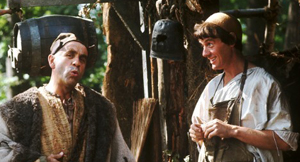One of the most memorable design elements of Terry Gilliam’s The Man Who Killed Don Quixote is the mural on the four walls of Alexei’s inner sanctum in the Mishkin Palace. The job of creating this mural was assigned to Italian concept designer & filmmaker Daniele Auber, who has previously worked with Gilliam on The Brothers Grimm and The Imaginarium of Dr Parnassus.
While most of Quixote was shot on location in Spain, the Mishkin Palace scenes were shot at the Convent of Christ in Tomar, Portugal. A room within the convent is where the walls were decorated.
On this page, Auber describes the process of creating the wall paintings, and then the paintings are presented in detail.

Daniele Auber writes….
The Uccello mural was a big honor for me, not only because of Don Quixote and Terry, but also because I got to “collaborate” with Paolo Uccello and explore his work so intimately.
Unfortunately I didn’t make it to Portugal, I worked from here in LA.
After a conversation with Benjamin to understand what was needed in the sequence, the art department provided me with three paintings by Paolo Uccello in high resolution, coming from the museums that keep them. One hunting scene and two war scenes.
These are the original paintings:

Then they gave me precise measurements of the 13 panels that run around the walls of the location, so I started figuring out how to dismantle the three images and reassemble them in a new composition.
Then I made this sketch:

After Terry’s and Benjamín’s [Fernández, Production Designer] approval, I proceeded with the full scale digital painting, about 50 meters long and 4 and a half meters high, 150ppi, divided in 13 parts.
I painted it on a Wacom Cintiq using Photoshop here in Los Angeles, emailed to the Art Department in Portugal, where it printed on canvas and applied on set.
It’s a collage/assemblage of Paolo Uccello’s work, where light and colors have been repainted to create the impression that it’s night-time on one side of the room and daytime on the central panel. So in 360 degrees your eye can move from darkness to morning sunrise, full daylight and night again. It was particularly touching to be able to observe and work so intimately with the very paintings that I was studying in art school. For a moment I thought I was committing a sacrilege, but soon I started to feel like a DJ remixing a piece of classical music. It was a fun experience, opulent and subversive, in one word: Gilliamesque.
I had about a week [to perform the work], not very long for such a big scale. I would have liked to have more fun with the character’s faces, but it turned out OK.
It was my intention to also incorporate Terry, Benjamín and Amy [Gilliam], but with the short time available I decided to go just for Nicola [Pecorini, the picture’s DP], as the main hero in the central panel. It was just a fun idea and I wanted to make my colleagues smile from the distance, since I couldn’t travel to Portugal for the shoot.
Nicola is my personal hero in life and a good friend so it was easy to place him there, brandishing a branch of lavender. In fact when he’s not working as a DP, he cultivates lavender in Tuscany and produces the most extraordinary essential oil, to which I’m completely addicted. I didn’t tell anyone about the idea until the painting was finished and sent. So I hope they had a good laugh. Apparently Nicola kept the canvas and now uses it as a curtain at home. That makes me very happy.


